Home>Construction & Tools>Building Materials>How To Stucco A Brick Fireplace
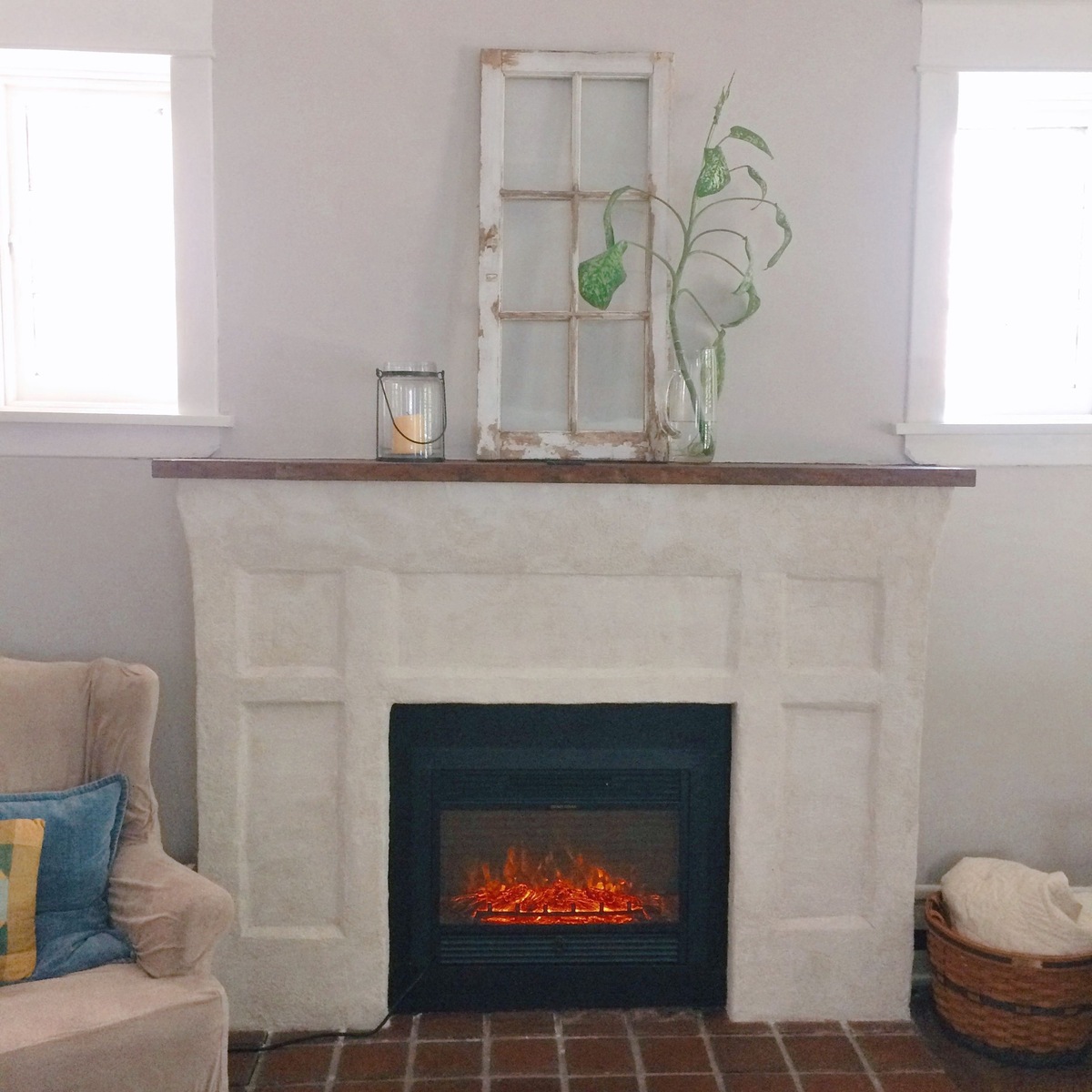

Building Materials
How To Stucco A Brick Fireplace
Modified: August 20, 2024
Learn how to stucco a brick fireplace using high-quality building materials. Transform your fireplace with our step-by-step guide.
(Many of the links in this article redirect to a specific reviewed product. Your purchase of these products through affiliate links helps to generate commission for Storables.com, at no extra cost. Learn more)
Introduction
So, you've got a brick fireplace that's looking a little tired and in need of a refresh? Stucco might just be the answer to your renovation dreams. Not only does it provide a rustic, textured finish, but it also offers durability and fire resistance, making it an ideal choice for enhancing the look and functionality of your fireplace.
Stucco, a time-honored building material, has been used for centuries to beautify and protect structures. Its versatility and aesthetic appeal make it a popular choice for both interior and exterior applications. When applied to a brick fireplace, stucco can transform the entire look of the room, giving it a touch of old-world charm or a modern, sleek finish, depending on your preference.
In this guide, we'll walk you through the process of stuccoing a brick fireplace, from gathering the necessary materials to the final touches of curing and sealing. Whether you're a seasoned DIY enthusiast or a novice looking to take on a new project, this comprehensive tutorial will equip you with the knowledge and confidence to tackle this rewarding endeavor. So, roll up your sleeves and get ready to learn how to breathe new life into your brick fireplace with the timeless art of stucco application.
Key Takeaways:
- Stuccoing a brick fireplace involves meticulous preparation, layering scratch, brown, and finish coats, and sealing for durability and timeless charm.
- The transformative journey of stucco application enhances a fireplace’s aesthetic appeal and resilience, celebrating craftsmanship and creativity.
Read more: How To Stucco A Brick Wall
Materials Needed
Before embarking on your stucco fireplace project, it’s essential to gather all the necessary materials. Here’s a comprehensive list of what you’ll need:
- Stucco mix: Choose a high-quality stucco mix suitable for indoor applications. Look for a mix that provides good adhesion and workability.
- Wire mesh: This will serve as a reinforcement for the stucco, helping to prevent cracks and improve overall strength.
- Metal lath: Used to create a stable base for the stucco, the metal lath is essential for ensuring proper adhesion and durability.
- Scratch coat mix: This specific stucco mix is designed for the initial layer, providing a rough surface for the subsequent coats to adhere to.
- Brown coat mix: The second layer of stucco, known as the brown coat, requires a specialized mix for optimal results.
- Finish coat mix: For the final layer, select a stucco mix that aligns with your desired texture and appearance.
- Plastic sheeting: Use plastic sheeting to protect surrounding surfaces and furniture from stucco splatter and dust.
- Painter’s tape: This will help secure the plastic sheeting in place and protect adjacent areas from accidental stucco application.
- Stucco trowels: Invest in a variety of trowels for applying the different layers of stucco effectively.
- Bucket and mixing tools: You’ll need a bucket for mixing the stucco and appropriate tools for achieving the desired consistency.
- Protective gear: Safety goggles, gloves, and a dust mask are essential for safeguarding yourself during the stucco application process.
- Waterproof sealant: Once the stucco has cured, a waterproof sealant will help protect and maintain the finish over time.
By ensuring you have all these materials on hand, you’ll be well-prepared to commence your stucco fireplace project with confidence. Additionally, always refer to the manufacturer’s instructions and recommendations for the specific products you choose to use.
Preparing the Fireplace
Before diving into the stucco application process, it’s crucial to prepare the brick fireplace to ensure optimal adhesion and a long-lasting finish. Here’s a step-by-step guide to preparing the fireplace:
- Clean the Surface: Start by thoroughly cleaning the brick surface of the fireplace. Use a wire brush and a mild detergent solution to remove any dirt, soot, or debris. Rinse the surface with clean water and allow it to dry completely.
- Inspect for Damage: Check the brickwork for any signs of damage, such as cracks or loose mortar. Address any necessary repairs before proceeding with the stucco application to ensure a smooth and even finish.
- Apply Bonding Agent: Once the surface is clean and free of defects, apply a bonding agent designed for masonry surfaces. This will enhance the adhesion of the stucco to the brick and promote a strong bond.
- Install Metal Lath: Affix metal lath to the prepared brick surface using masonry nails or screws. Ensure that the lath is securely attached and covers the entire area to be stuccoed. The metal lath provides a stable foundation for the stucco application.
- Protect Surrounding Areas: Use plastic sheeting and painter’s tape to cover and protect any adjacent surfaces, flooring, or furniture from stucco splatter and dust. Taking this precaution will make the cleanup process much easier and prevent unintended damage.
By meticulously preparing the fireplace, you’ll create an optimal canvas for the stucco application, setting the stage for a successful and visually stunning transformation. With the surface clean, sound, and properly prepped, you’re now ready to move on to the next phase of the stucco application process.
Applying the Scratch Coat
The scratch coat is the initial layer of stucco that provides a rough surface for the subsequent coats to adhere to. Properly applying the scratch coat is essential for the overall success of the stucco application. Here’s a detailed guide on how to apply the scratch coat to your brick fireplace:
- Mix the Stucco: Follow the manufacturer’s instructions to prepare the scratch coat stucco mix. Ensure that the mix achieves the desired consistency for optimal workability.
- Dampen the Surface: Before applying the scratch coat, lightly dampen the metal lath and brick surface with water. This helps prevent premature drying of the stucco and promotes better adhesion.
- Apply the Stucco: Using a trowel, begin applying the scratch coat stucco mix to the prepared surface. Work in small sections, pressing the stucco firmly onto the metal lath and ensuring an even thickness of approximately 3/8 inch.
- Create a Scratch Pattern: While the scratch coat is still wet, use a scarifier or a comb-like tool to create horizontal scratch marks on the surface. This roughens the stucco, providing a better grip for the subsequent coats.
- Cure the Scratch Coat: Allow the scratch coat to cure for the time recommended by the manufacturer. During this curing period, mist the surface with water regularly to keep it moist and aid in the curing process.
By meticulously following these steps, you’ll successfully apply the scratch coat to your brick fireplace, creating a solid foundation for the subsequent layers of stucco. The scratch coat not only enhances adhesion but also contributes to the overall strength and durability of the stucco finish. With the scratch coat in place, you’re now ready to progress to the next stage of the stucco application process.
Before applying stucco to a brick fireplace, make sure to clean the surface thoroughly and apply a bonding agent to help the stucco adhere better.
Applying the Brown Coat
With the scratch coat successfully applied and cured, the next phase of stuccoing your brick fireplace involves the application of the brown coat. This layer serves as a crucial intermediary between the scratch coat and the final finish coat, contributing to the overall strength and resilience of the stucco finish. Here’s a comprehensive guide to applying the brown coat:
- Prepare the Brown Coat Mix: Follow the manufacturer’s instructions to prepare the brown coat stucco mix. Ensure that the mix achieves the desired consistency for ease of application and optimal adhesion.
- Dampen the Surface: Before applying the brown coat, lightly dampen the cured scratch coat with water. This helps create a better bond between the layers of stucco.
- Apply the Brown Coat: Using a trowel, begin applying the brown coat stucco mix to the prepared surface. Work methodically, ensuring an even thickness of approximately 3/8 inch across the entire area.
- Float and Shape the Surface: Once the brown coat is applied, use a float to even out the surface and achieve the desired texture. Pay attention to creating a uniform and visually appealing finish as you work across the fireplace.
- Cure the Brown Coat: Allow the brown coat to cure for the time recommended by the manufacturer. During this curing period, mist the surface with water regularly to keep it moist and aid in the curing process.
By meticulously following these steps, you’ll effectively apply the brown coat to your brick fireplace, further enhancing its structural integrity and preparing it for the final finish coat. The brown coat plays a pivotal role in ensuring the longevity and visual appeal of the stucco finish. With the brown coat in place, you’re now ready to progress to the final stage of the stucco application process.
Read more: How To Install A Stucco Fireplace
Applying the Finish Coat
As you approach the final phase of stuccoing your brick fireplace, the application of the finish coat brings the project to fruition, imparting the desired texture and visual appeal. The finish coat not only adds aesthetic charm but also serves as a protective layer, contributing to the durability and resilience of the stucco finish. Here’s a detailed guide to applying the finish coat:
- Prepare the Finish Coat Mix: Follow the manufacturer’s instructions to prepare the finish coat stucco mix. Ensure that the mix achieves the desired consistency for ease of application and the desired texture.
- Dampen the Surface: Before applying the finish coat, lightly dampen the cured brown coat with water. This promotes better adhesion and prevents premature drying of the stucco mix.
- Apply the Finish Coat: Using a trowel, begin applying the finish coat stucco mix to the prepared surface. Work meticulously to achieve the desired texture and ensure an even thickness across the entire fireplace.
- Texture and Shape the Surface: As you apply the finish coat, pay attention to creating the desired texture and visual appeal. Use trowels, brushes, or other tools to achieve the specific finish you envision for your fireplace.
- Finalize the Finish: Once the finish coat is applied, take the time to refine and perfect the surface, ensuring that it meets your expectations in terms of texture and appearance.
- Curing Process: Allow the finish coat to cure for the time recommended by the manufacturer. During this period, protect the surface from direct sunlight and keep it moist by misting with water as needed.
By meticulously following these steps, you’ll bring your stucco fireplace project to completion, achieving the desired texture and visual impact. The finish coat not only enhances the aesthetic appeal of the fireplace but also contributes to its longevity and resilience. With the finish coat in place, you’re now ready to proceed to the final steps of the stucco application process.
Curing and Sealing the Stucco
As the stucco application nears completion, the crucial steps of curing and sealing the stucco are essential for ensuring its longevity, durability, and visual appeal. Proper curing allows the stucco to attain its full strength and resilience, while sealing protects the surface from moisture and other potential sources of damage. Here’s a comprehensive guide to the final stages of the stucco application process:
- Curing the Stucco: After the finish coat is applied, allow the stucco to cure for the duration recommended by the manufacturer. During this period, it’s vital to keep the surface moist by lightly misting it with water several times a day. This gradual curing process is crucial for the stucco to achieve its maximum strength and durability.
- Inspect for Complete Curing: Once the curing period is complete, carefully inspect the stucco surface to ensure that it has cured thoroughly. The stucco should exhibit no signs of dampness or softness, indicating that it has reached its full strength.
- Apply Waterproof Sealant: After the stucco has fully cured, apply a high-quality waterproof sealant designed for masonry surfaces. The sealant helps protect the stucco from moisture, UV exposure, and other potential sources of damage, ensuring its long-term resilience and visual appeal.
- Follow Manufacturer’s Recommendations: Adhere to the specific instructions provided by the sealant manufacturer regarding application methods, drying times, and any additional protective measures.
By meticulously following these final steps, you’ll ensure that your stucco fireplace not only looks stunning but also maintains its integrity and beauty for years to come. Proper curing and sealing are vital for safeguarding the investment you’ve made in enhancing your fireplace with a timeless stucco finish. With the stucco cured and sealed, you can now admire the transformative impact of your stucco fireplace project, knowing that it’s not only visually captivating but also built to withstand the test of time.
Conclusion
Congratulations! You’ve successfully embarked on a transformative journey to stucco your brick fireplace, breathing new life and character into a focal point of your living space. The art of stucco application has not only enhanced the aesthetic appeal of your fireplace but also contributed to its durability and resilience. As you reflect on the journey from preparation to the final touches, it’s evident that stuccoing a brick fireplace is a rewarding endeavor that combines craftsmanship with creativity.
Throughout this comprehensive guide, you’ve gained valuable insights into the step-by-step process of stucco application, from preparing the surface to applying the scratch, brown, and finish coats with precision and care. Each stage of the process has contributed to the transformation of your fireplace, infusing it with texture, character, and a touch of timeless elegance.
By meticulously following the guidelines for curing and sealing the stucco, you’ve taken the necessary steps to ensure that your fireplace not only looks captivating but also stands the test of time, resisting the elements and maintaining its allure for years to come.
As you admire the stunning result of your stucco fireplace project, take pride in the craftsmanship and dedication you’ve invested in creating a visually striking and enduring feature in your home. Whether you’ve opted for a traditional, rustic finish or a modern, sleek texture, your stucco fireplace stands as a testament to your creativity and commitment to enhancing your living space.
As you bask in the warmth and beauty of your newly stuccoed fireplace, may it serve as a constant reminder of the transformative power of craftsmanship and the timeless allure of stucco as a building material. Your journey to stucco your brick fireplace has not only enriched your living space but also provided you with a newfound appreciation for the artistry and durability of this age-old building technique.
So, embrace the charm and resilience of your stucco fireplace, knowing that you’ve not only enhanced your home but also embarked on a journey that celebrates the art of transformation through craftsmanship and creativity.
Frequently Asked Questions about How To Stucco A Brick Fireplace
Was this page helpful?
At Storables.com, we guarantee accurate and reliable information. Our content, validated by Expert Board Contributors, is crafted following stringent Editorial Policies. We're committed to providing you with well-researched, expert-backed insights for all your informational needs.
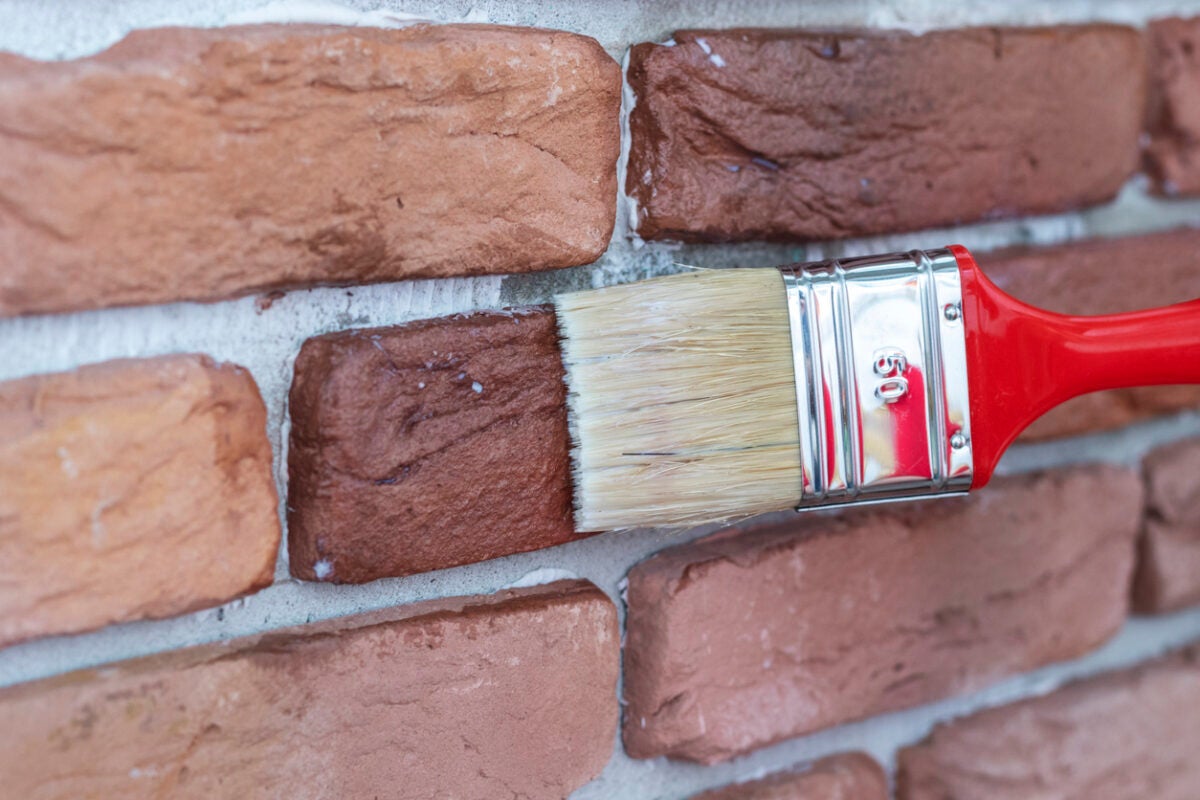
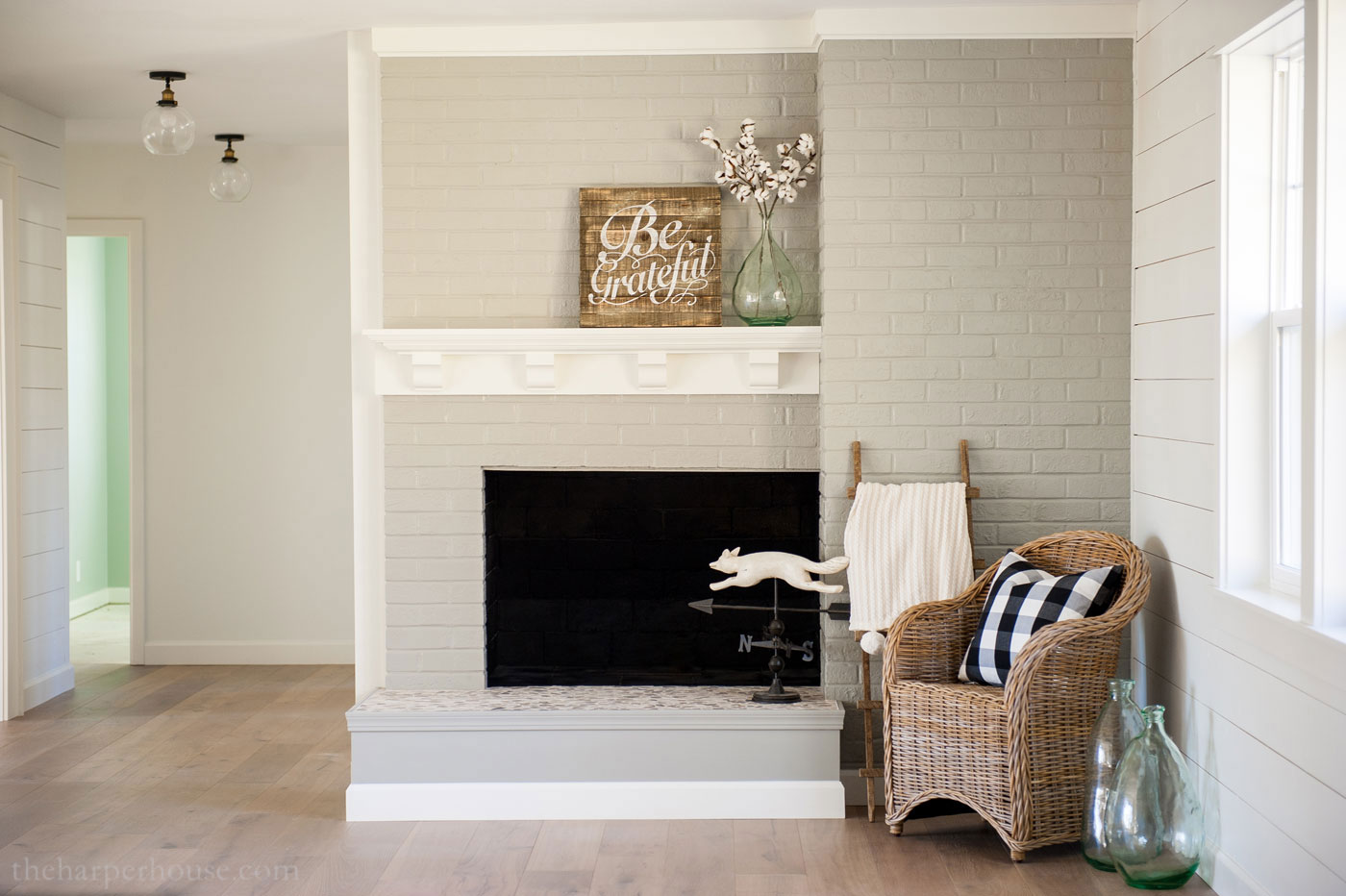
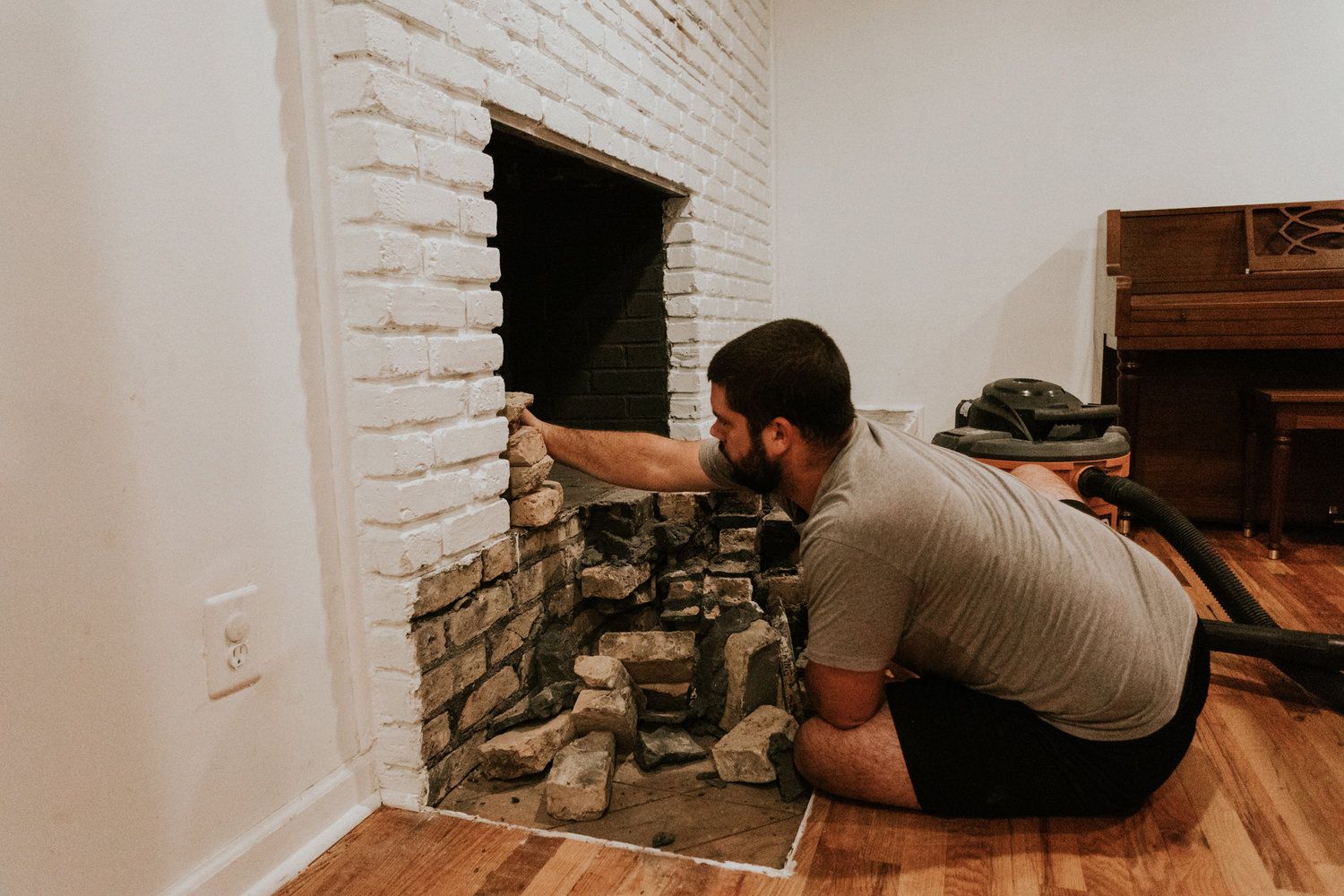
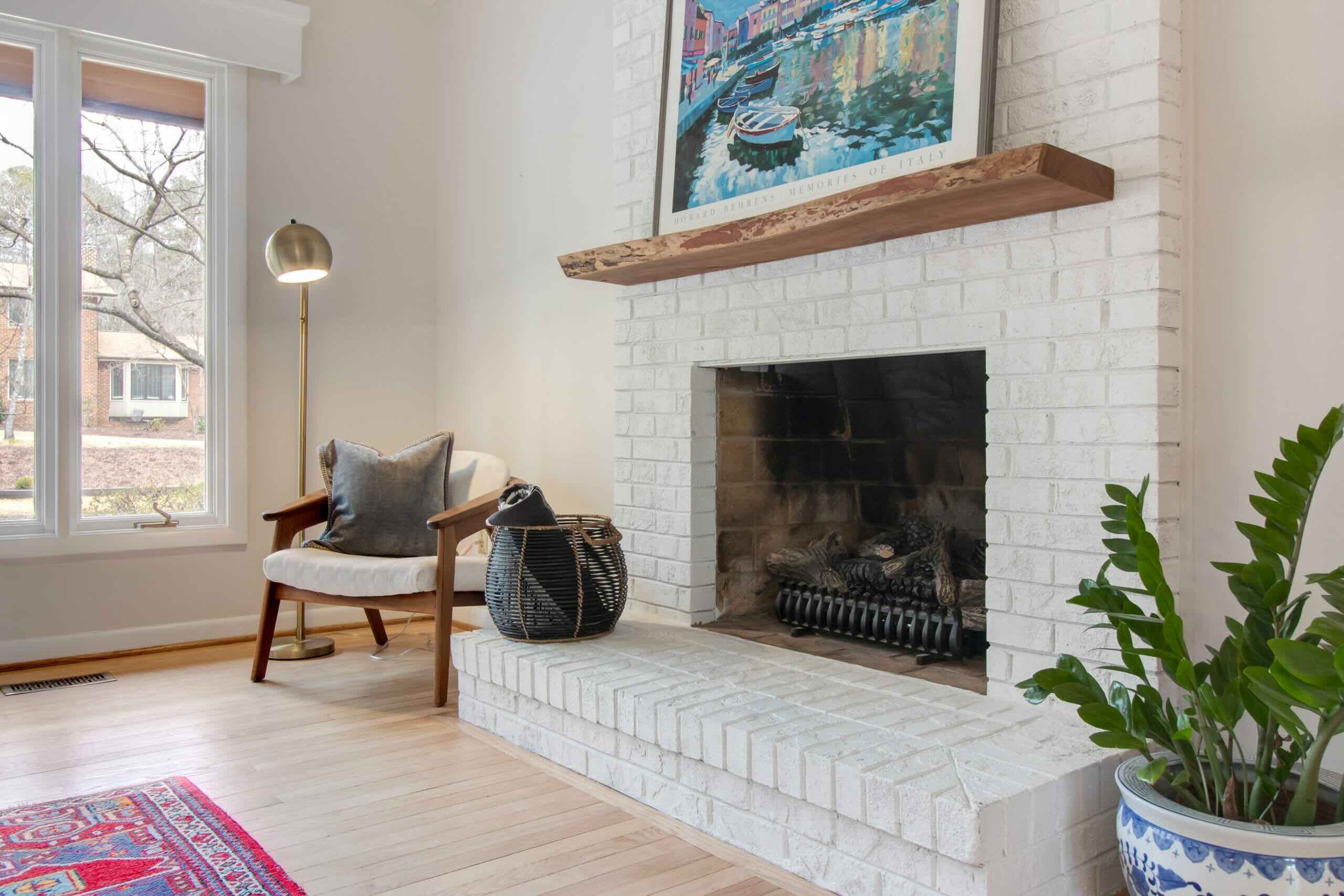
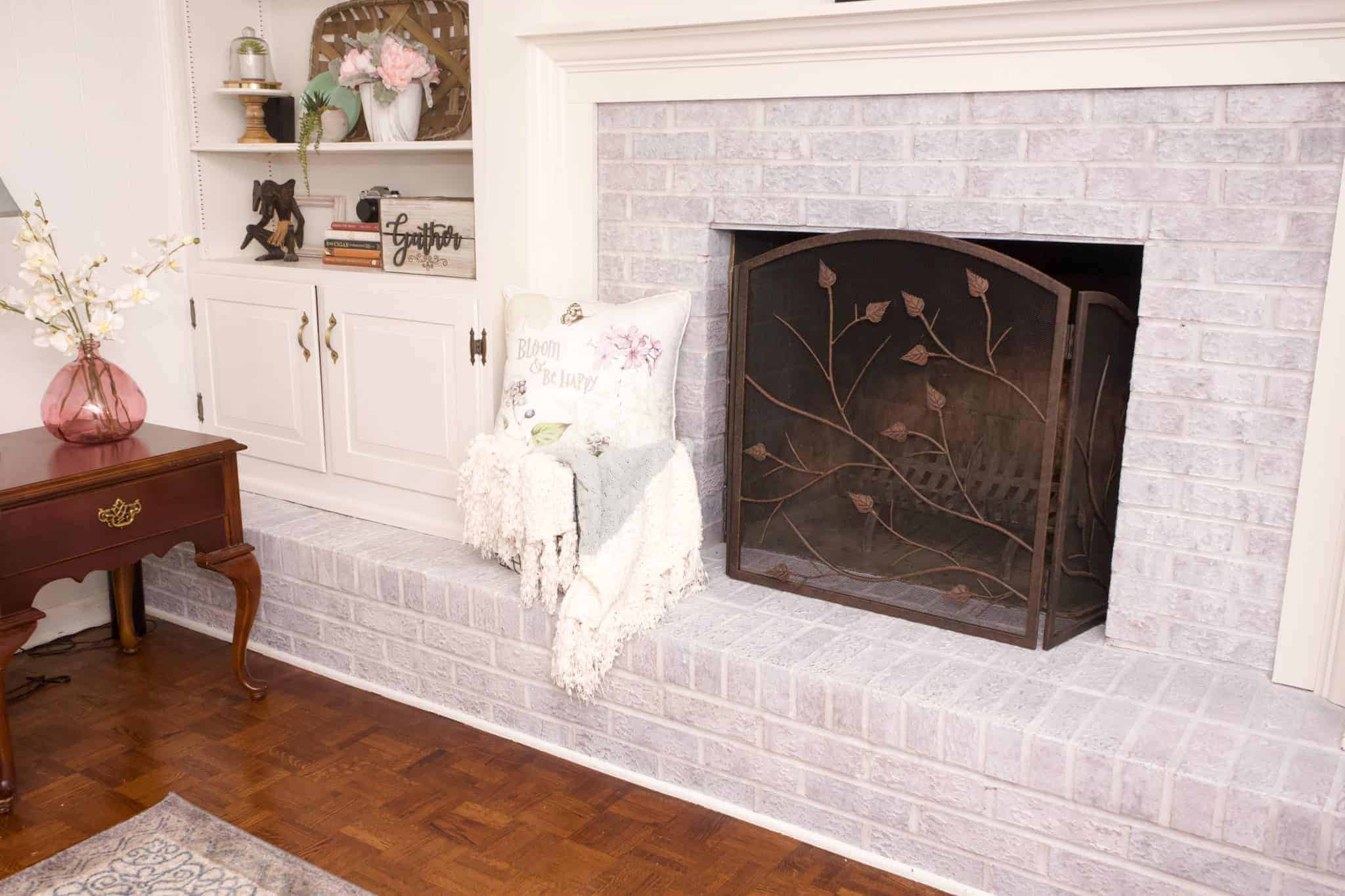
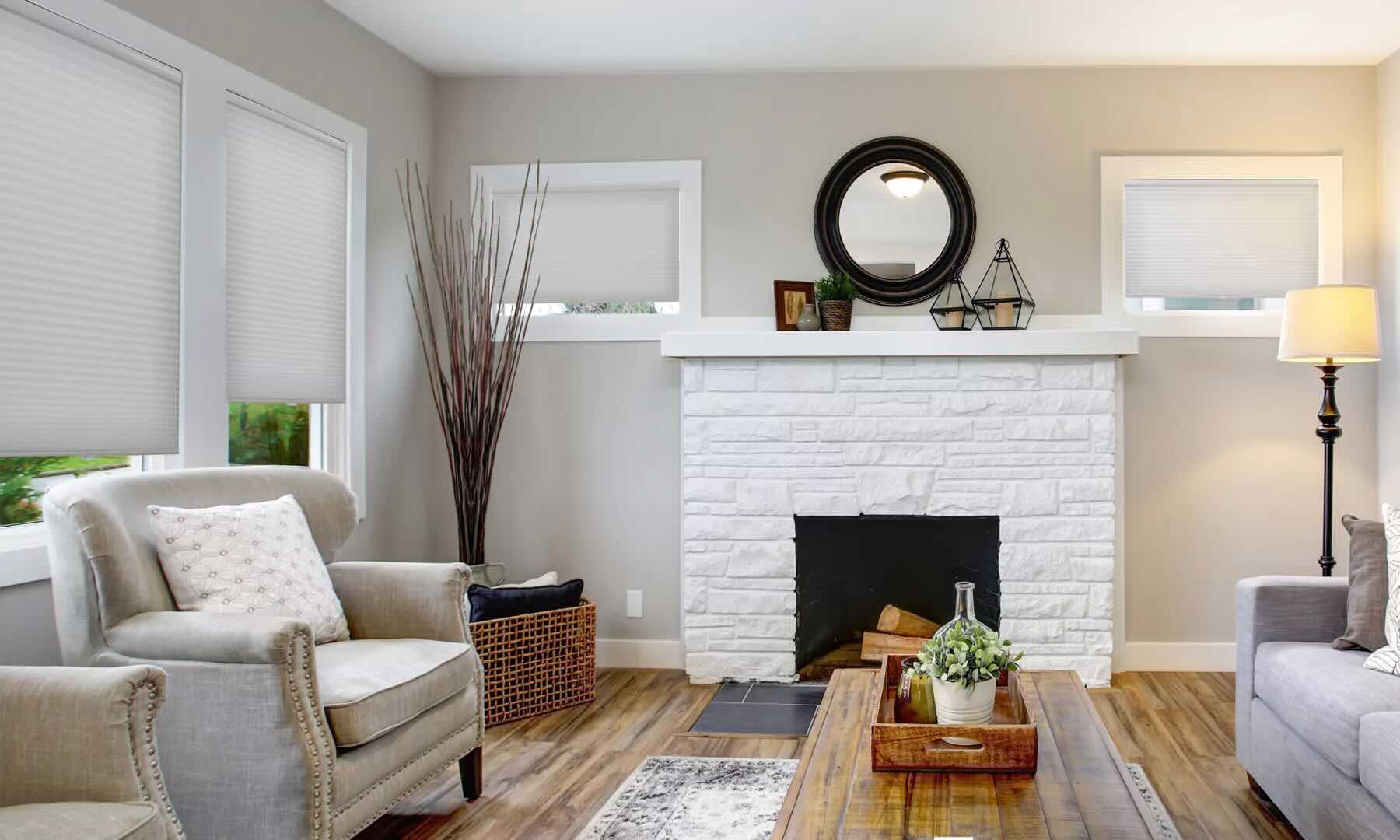
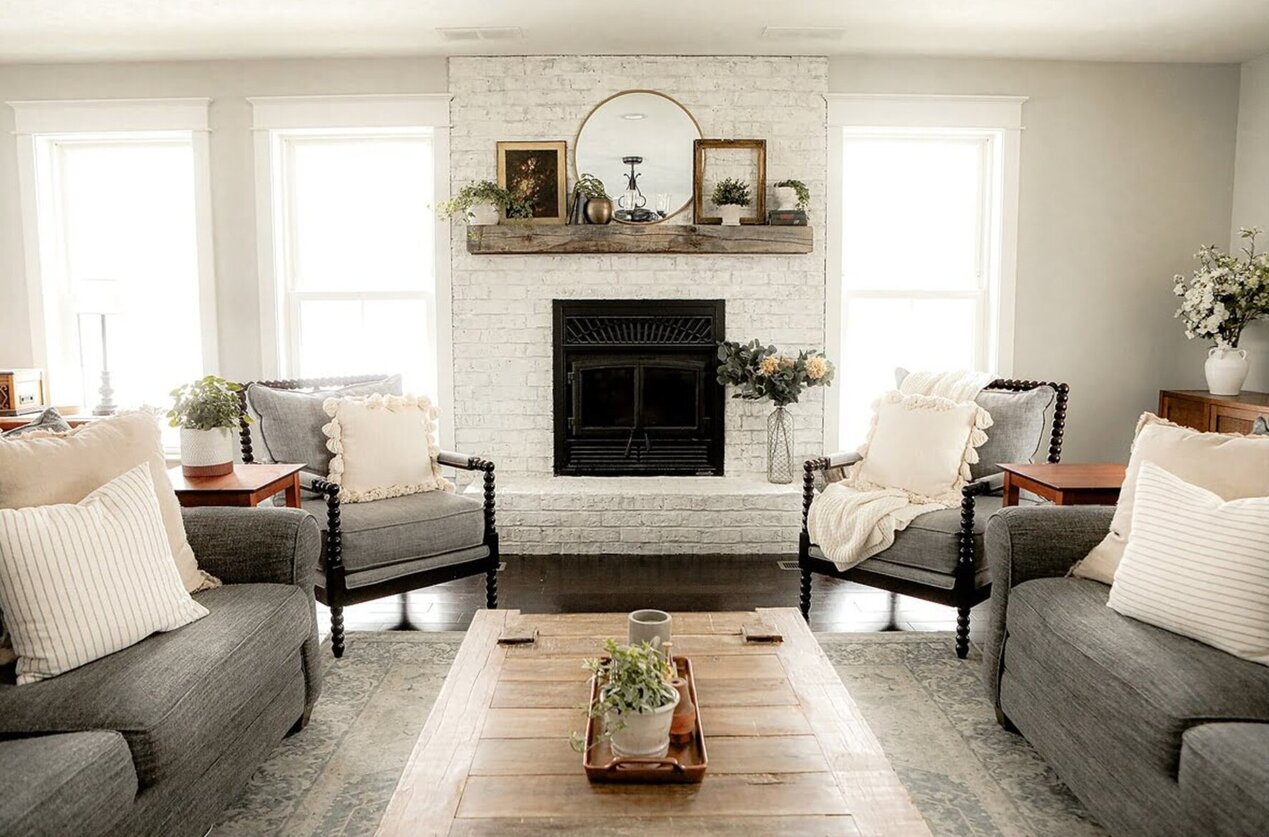
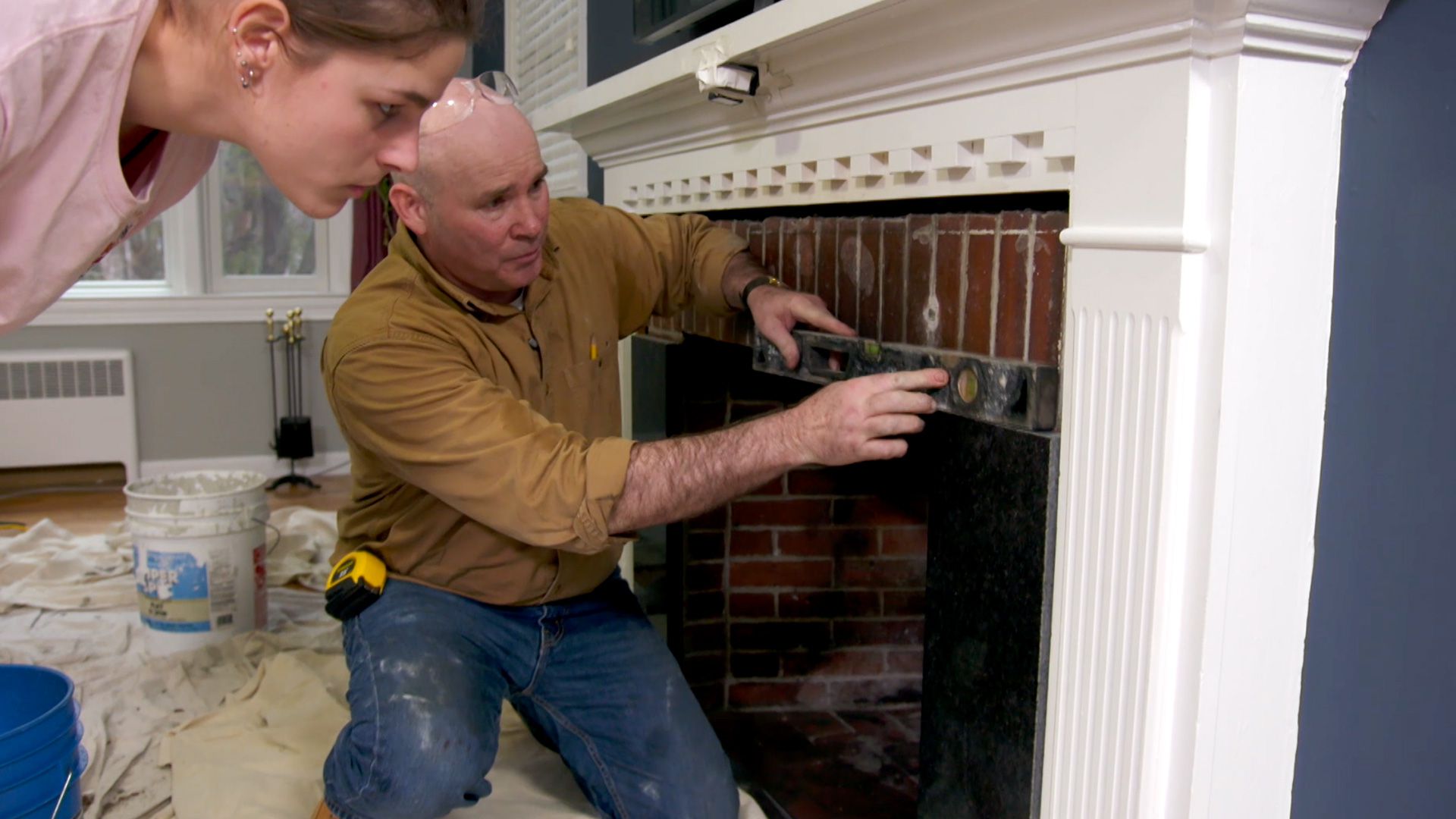
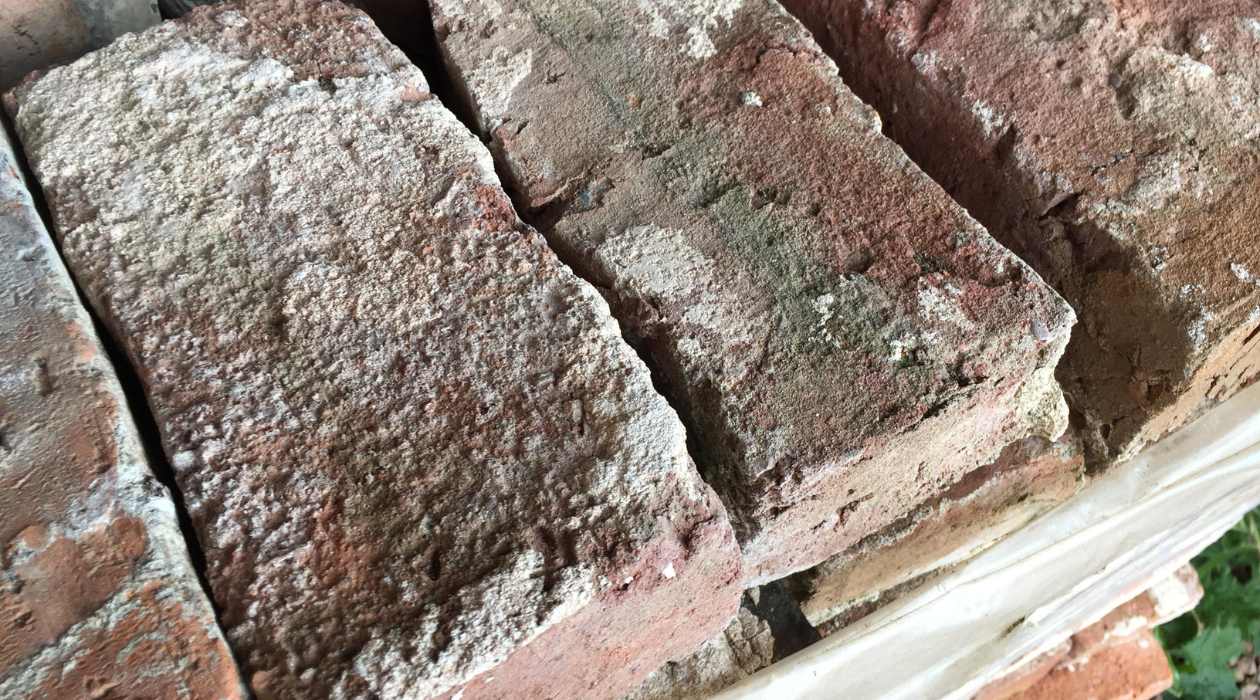
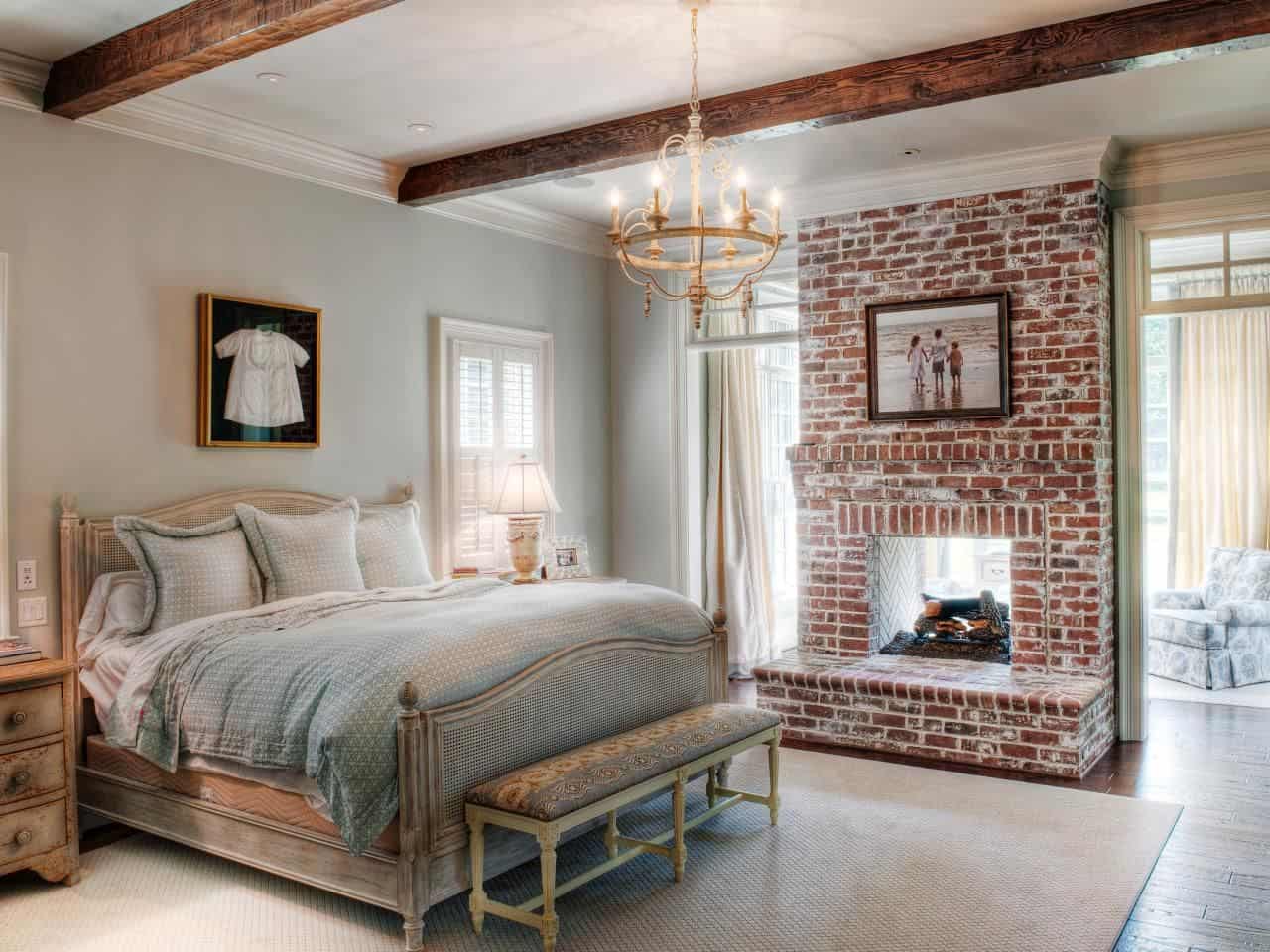
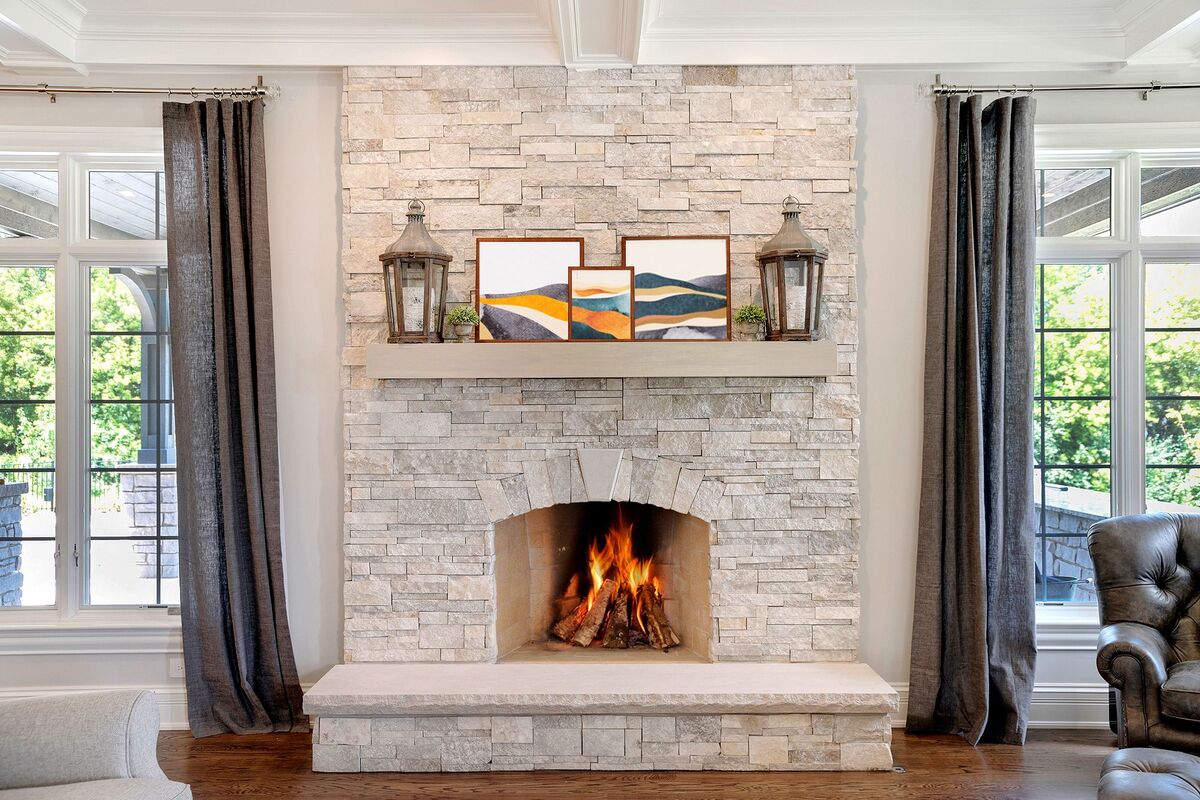
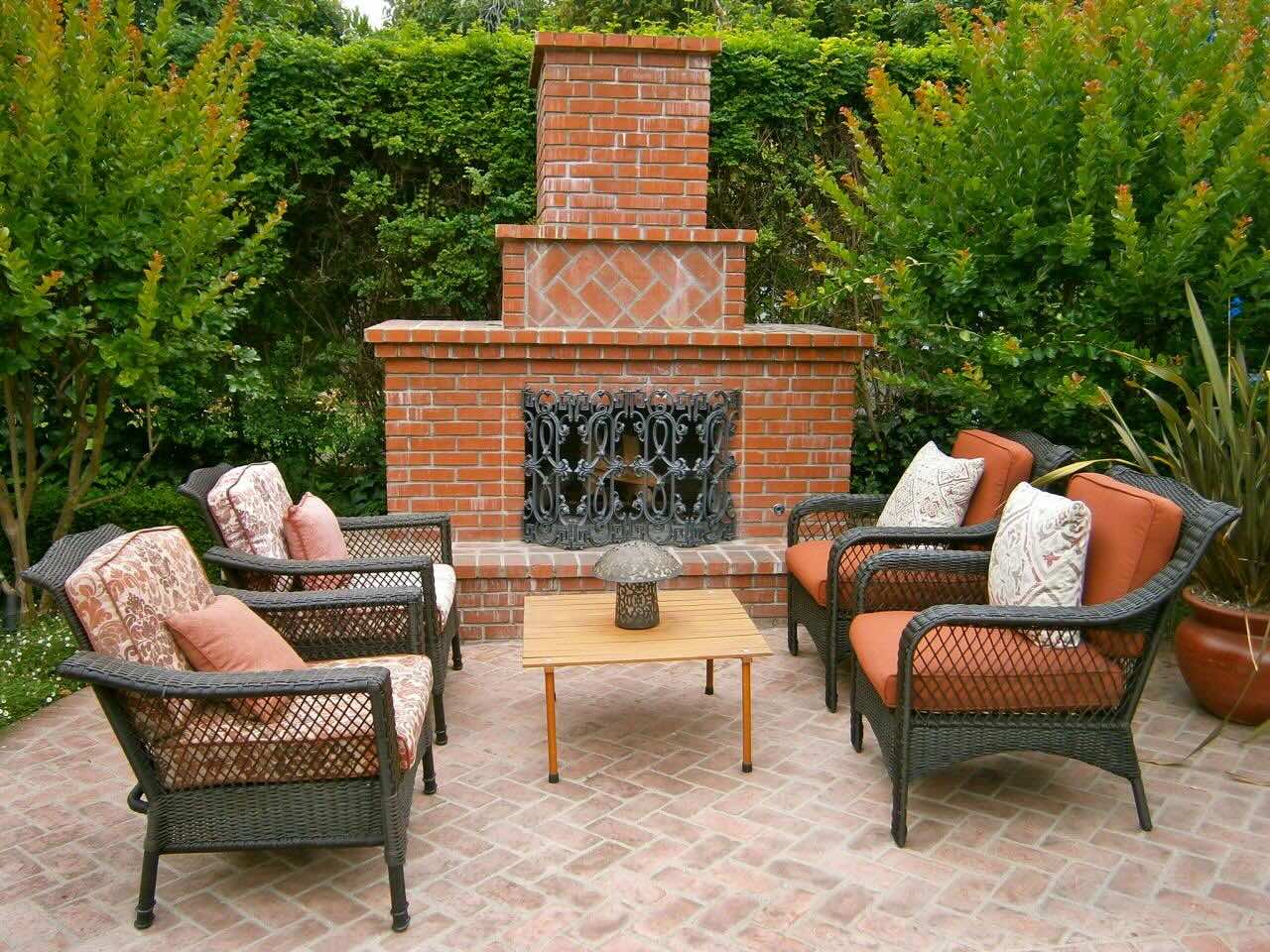
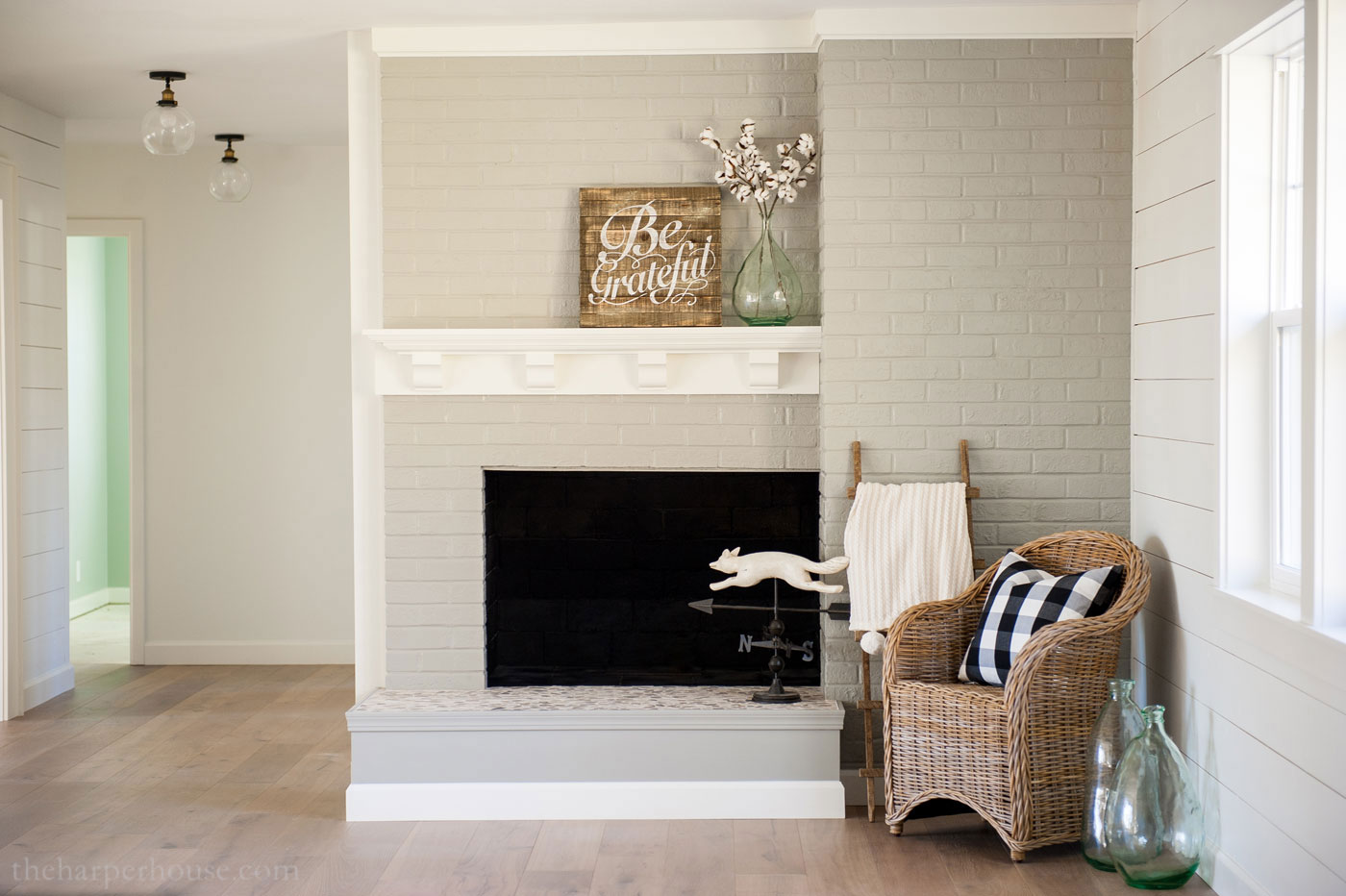
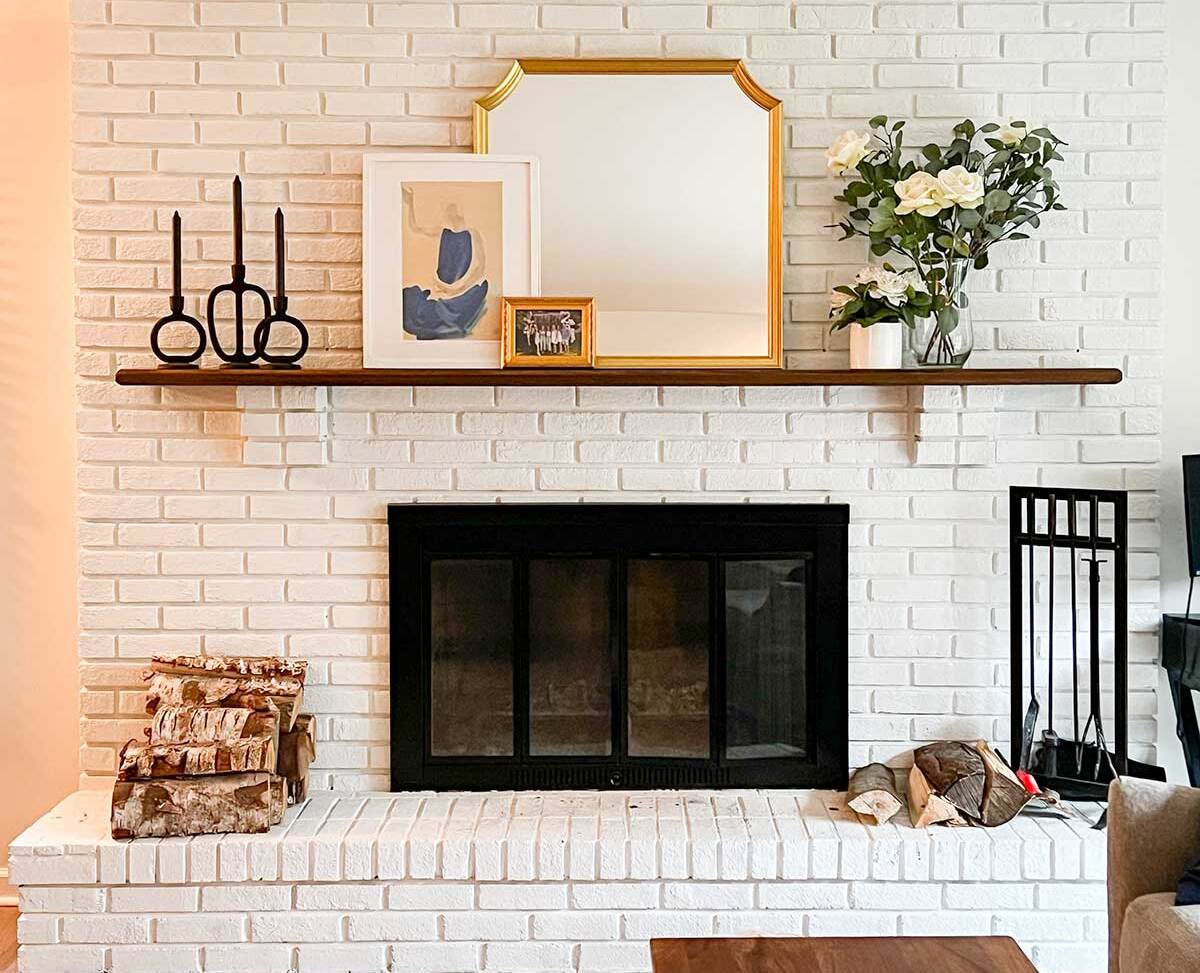

0 thoughts on “How To Stucco A Brick Fireplace”